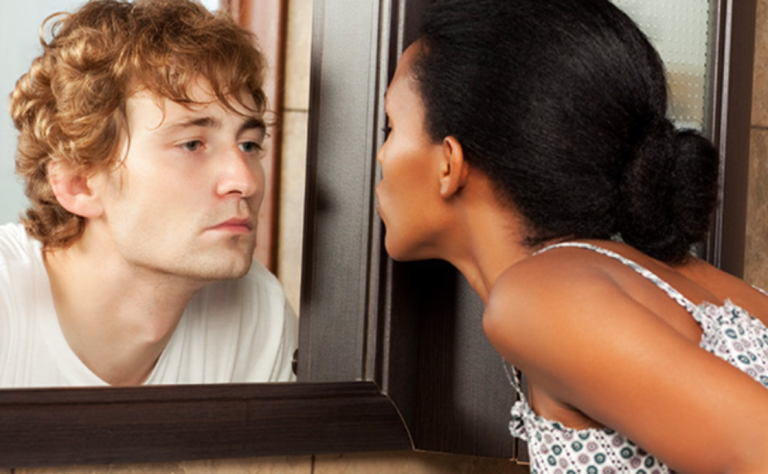Pope Leo XIV sends 3 truckloads of humanitarian aid to Ukraine

 Pope Leo XIV addresses pilgrims gathered in St. Peter’s Square at the Vatican for recitation of the Angelus on Dec. 28, 2025. / Credit: Vatican Media
Pope Leo XIV addresses pilgrims gathered in St. Peter’s Square at the Vatican for recitation of the Angelus on Dec. 28, 2025. / Credit: Vatican Media
Vatican City, Dec 28, 2025 / 10:00 am (CNA).
Pope Leo XIV has sent three trucks carrying humanitarian aid to parts of Ukraine hit hardest by bombardments, where residents are facing severe shortages of electricity, water, and heat.
Cardinal Konrad Krajewski, the pope’s almoner, disclosed the delivery to Vatican media on Dec. 27, saying the convoy carried special food that can be dissolved in a small amount of water to produce energy-rich soups with chicken and vegetables.
Krajewski described the shipment as a small gesture of closeness from the pope to Ukrainian families on the feast of the Holy Family, celebrated Dec. 28.
The trucks, he said, arrived in the Vatican shortly before Christmas loaded with supplies donated by South Korean food company Samyang Foods. As had happened on previous occasions, including during the pontificate of Pope Francis, the aid was then redirected to war zones most severely affected by strikes, where basic utilities are often unavailable.
Krajewski said the delivery underscores that the pope not only prays for peace but also wants to be concretely present with families who are suffering.
This story was first published by ACI Prensa, CNA’s Spanish-language news partner. It has been translated and adapted by CNA.
